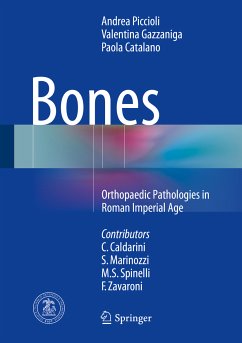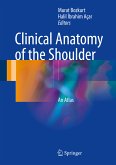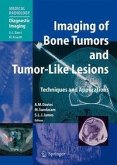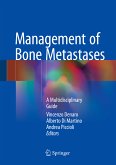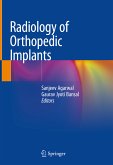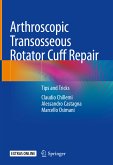This book presents the results of a unique macroscopic and radiological analysis, by X-ray and CT scan, of the bone pathologies of about 1800 subjects who lived at the time of the Roman Empire (first and second centuries A.D.) and whose remains were recovered during the excavation of a suburban necropolis of Rome. The survey, which represents a collaboration between the Italian Society of Orthopaedics and Traumatology and the Special Superintendent for the Archaeological Heritage of Rome, has yielded incredible images of different orthopaedic diseases in a period when no surgical treatment was available: there are cases of infection (osteomyelitis), metabolic disease (gout), hematologic disease (multiple myeloma), traumatic lesions and their complications, and degenerative pathology (osteoarthritis, particularly secondary and overload). A multidisciplinary team including orthopaedists, paleopathologists, radiologists, and medical historians has evaluated the major groups of bone disease in the population finding out incredible cases and picture of ortho-traumatologic pathologies in a pre-surgical era. The homogeneity of the sample and the number of subjects make this a study of fundamental importance.
Dieser Download kann aus rechtlichen Gründen nur mit Rechnungsadresse in A, B, BG, CY, CZ, D, DK, EW, E, FIN, F, GR, HR, H, IRL, I, LT, L, LR, M, NL, PL, P, R, S, SLO, SK ausgeliefert werden.

